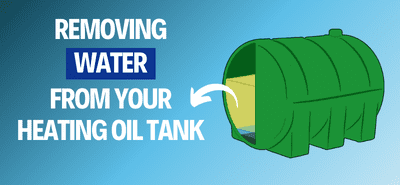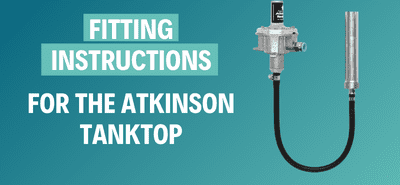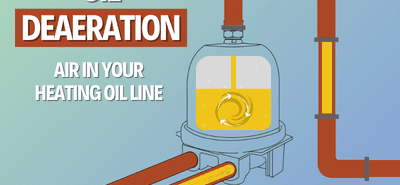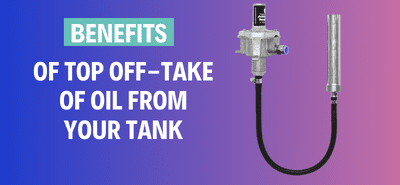What is a Fire Valve?
Within any oil fired heating system it is law that an emergency fire shut off valve should be installed. The fire valve must isolate the oil at the point of entry into the building and be activated by a remote sensor at the boiler. Note: A capillary fire valve does not prevent a fire from occurring but it will stop a fire being fuelled further by any more heating oil.
 As you can see from the diagram here . The capillary fire valve is positioned outside the external wall of the building between the tank and the entry of the fuel feed pipe to the building. The capillary tube with the sensor then goes into the building to the boiler to monitor the temperature.
As you can see from the diagram here . The capillary fire valve is positioned outside the external wall of the building between the tank and the entry of the fuel feed pipe to the building. The capillary tube with the sensor then goes into the building to the boiler to monitor the temperature.
The sensor and the capillary is filled with a liquid that expands in extreme temperatures. When the liquid expands it will be forced up the capillary tube to the valve body outside the building. The pressure of the expanded liquid on the internal parts of the valve will cause it to close. Once the valve has closed it will no longer allow fuel through the feed pipe to the boiler.
Fuelstop is one of the leading brands of capillary fire valve on the market. The reason they are a popular choice is down to the fact that they are liquid filled rather than most valves available being gas filled. Due to the laws of physics gas heats up quicker than liquids and gas filled valves are susceptible to nuisance tripping. This means the valves can shut off on a particularly warm day or where there is a high ambient temperature. This would mean the valve would trip off and shut off the oil feed to the boiler when it is not required to. This may happen and you wouldn’t know it until the winter and you try to turn on your heating system.
The Fuelstop capillary fire valve is a very flexible valve that comes in 2 different temperature ranges and many different capillary lengths. They also come in 2 different connection sizes of 3/8″(10mm) or 1/2″. The 3/8″ version also comes complete with free compression fittings and soft copper pipe inserts.
RELATED PRODUCTS
- Capillary Fire Valves, Fire Valves, Oil Heating Equipment, Winter Essentials
Fuelstop TFV Capillary 1/2″ Fire Valve
From £84.00 £100.80










